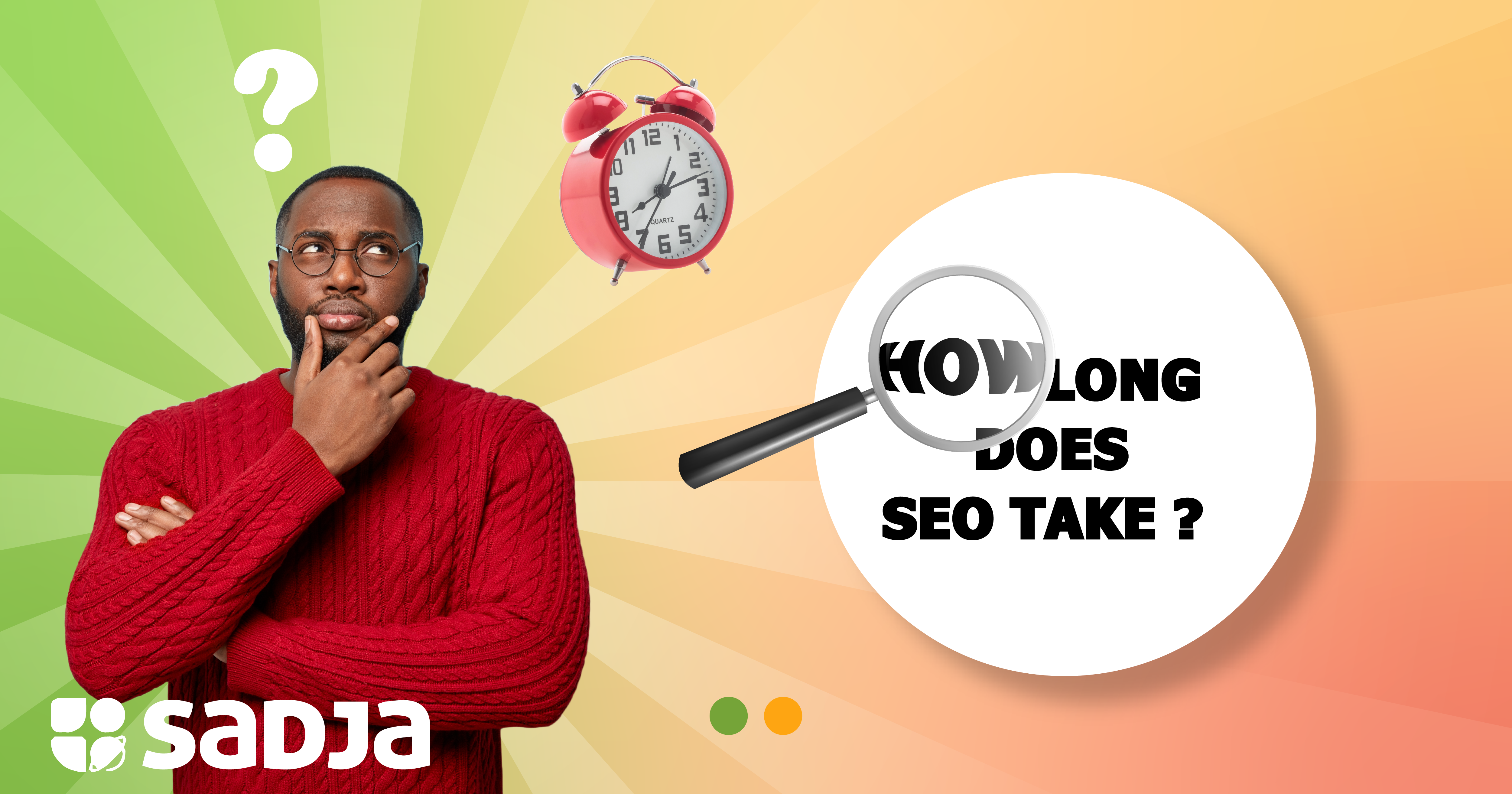Creating an Account-Based Marketing Strategy
This section covers how to create an account-based marketing strategy. What steps can you take to establish a successful account-based marketing strategy? Keep reading to find out.
Identify High-Value Accounts
The first step in creating an ABM strategy is identifying potential high-value accounts. What accounts can you target with whom you can create a good working relationship, preferably long-term?
This step involves analysing customer data, identifying key decision-makers, and assessing their needs and pain points. It may also involve coordinating with management to figure out the best accounts for this type of marketing.
Develop a Targeted Message
Once you have identified the appropriate high-value accounts, it’s time to develop a personalised message addressing their needs and pain points. This targeted message must be appealing to the key decision-makers within that account.
It must also be suited to the channel used to convey the message. For example, emails can be long and include formalities, greetings, and images, while social media copy might have to be short and punchy.
Create Content
Creating content that supports the targeted message is crucial for ABM, and this content should be customised for each high-value client.
Tailoring the content is important because most people can identify a mass-generated message, which can lower your chances of working together.
This content should identify and address an account’s specific challenges and concerns and offer a suitable solution – working with your company.
Determine Channels
Once you have identified your potential accounts, developed a targeted message, and created your content, it is time to choose the channel for your communication with key decision-makers.
This may include email, social media, targeted advertising, and personalised content.
Some businesses will host targeted events like webinars and seminars to establish a direct point of contact with the decision-makers. This is a good channel for bigger organisations.
Engage with Decision-Makers
Once the targeted message, content, and channels are identified, engaging with decision-makers within high-value accounts is important. This may involve scheduling meetings, providing product demonstrations, or delivering targeted content.
Measure and Optimise
Measuring the effectiveness of an ABM strategy is important for optimising future efforts. This involves tracking engagement and conversion rates, analysing customer data, and adjusting the strategy.
 +256 206 300885
+256 206 300885


